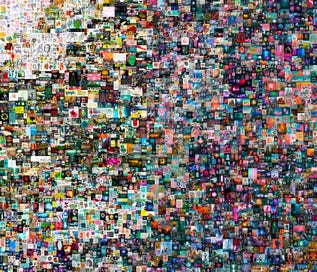In my never-ending quest to find the true shape of my online writing, I reorganized this newsletter a bit. Now it’s called Étienne’s Newsletter Universe, with two sections: Atlas of Rabbit Holes (you are here!) and Updates from Dark Gray Matters. The latter will be used for updates to my other blog. By default you’re subscribed to both, but you can unsu…
Keep reading with a 7-day free trial
Subscribe to Hopeful Monsters to keep reading this post and get 7 days of free access to the full post archives.




